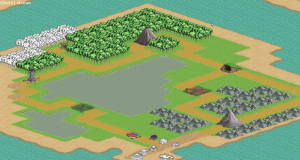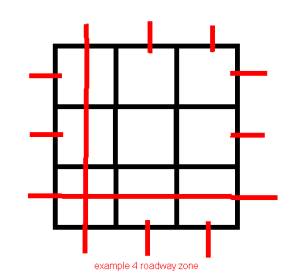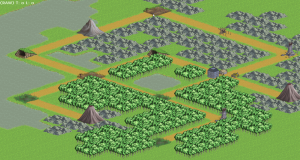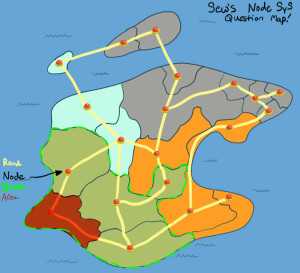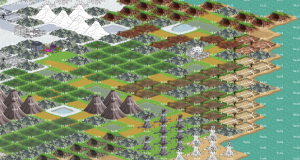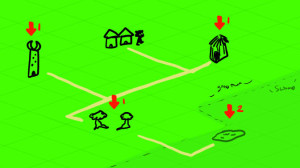The Bug: Clearing a “defeat monster” solo/party-exclusive quest objective during someone else’s turn who is not in your party ends up not crediting the kill.
A solo objective basically specifies that only the quest owner can fulfill it. The battle system doesn’t restrict players based on its originating quest. So the possible solutions:
- If someone completes someone else’s solo objective on their turn, it still gives credit exclusively to the quest owner.
- If someone completes someone else’s solo objective, it counts as progress for the owner but the reward goes to the person who completed it
- Just don’t let people into a battle if they don’t own it or aren’t in the party of the owner.
1 opens an exploit for players to deliberately not finish their solo quest battles in hopes of forcing some other sap to do it for them. 2 defeats the entire point of having player-exclusive quests. So 3 was clearly the solution to go for.
But it opened up a new problem: if the quest owner of a party quest (a quest restricted to the owner and other players in his party) died in combat, the remaining party members would be able to kill the monster without actually owning the quest. The solution to this problem is to boot out the remaining players from the battle should the quest owner of the battle perish. A little excessive in current builds, but will be plenty manageable in the future when the bleed out system of having X turns to use a revival item on a dead player is added.
A relatively simple addition from this issue was that if a player tried to engage in a solo battle with a party, the party needed to be disbanded before starting the battle.
The original design was to strictly have one battle per tile- largely to allow NPCs to be effective roadblocks even mid-combat. But with fairly radically changes to the way maps function that purpose had largely become irrelevant. With battles now having quest restrictions on them it became quite clear that there needs to be multiple battles per tile simply to prevent multiple quest battles from overriding each other. Adding such support was fairly extensive, including revising the battle join menus to ask the player which battle they even want to join. Along the way usability enhancements were made that didn’t exist before: listing the battles happening on a tile when hovering over it, identifying what quest a given NPC is associated with, and directly indicating whether a quest is solo, party, or global restricted.
It was quite the bug. Though it was less bug and more insufficient consideration of the implications of certain systems interacting together.
